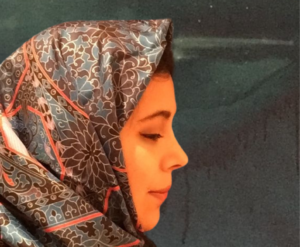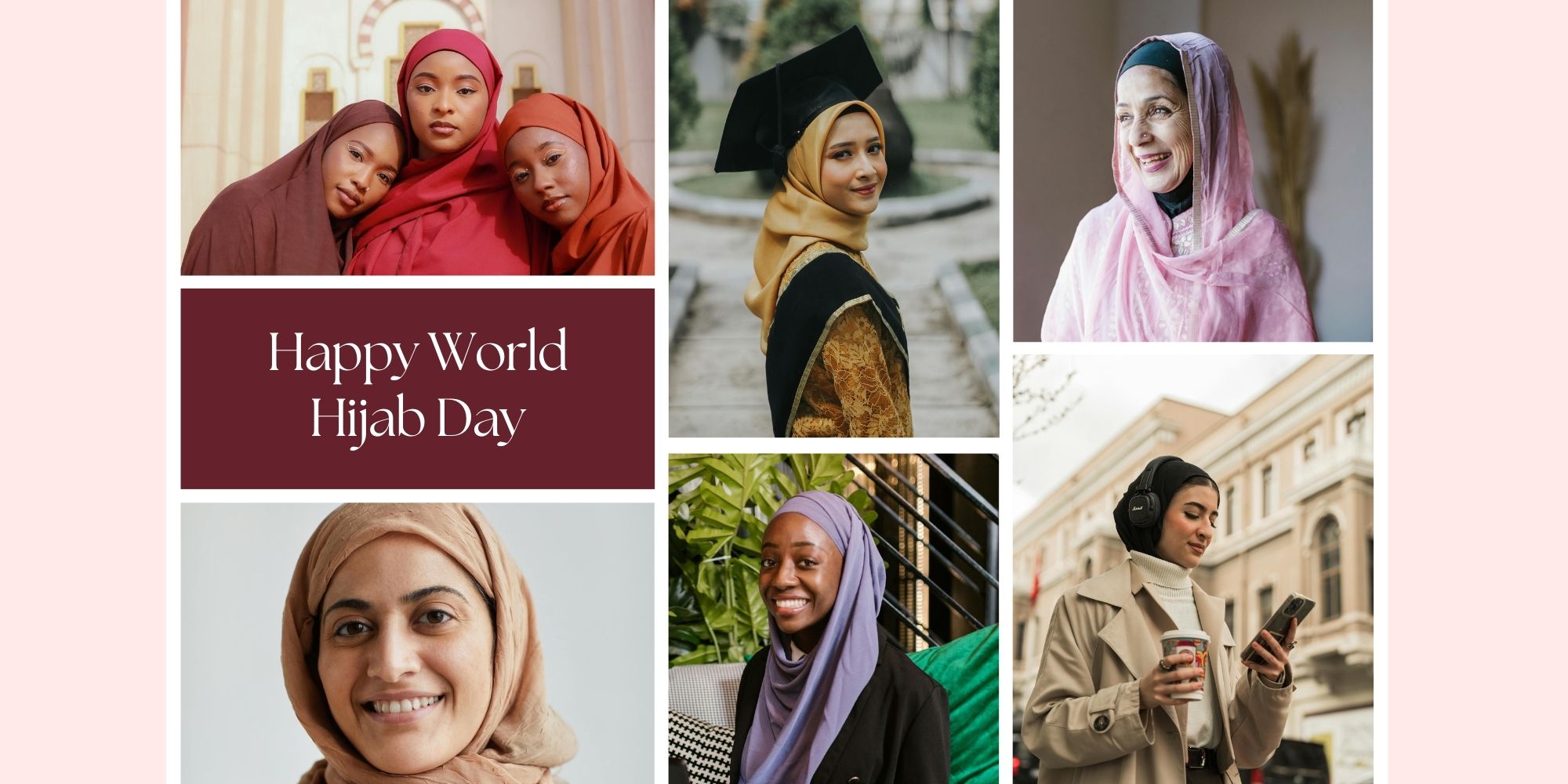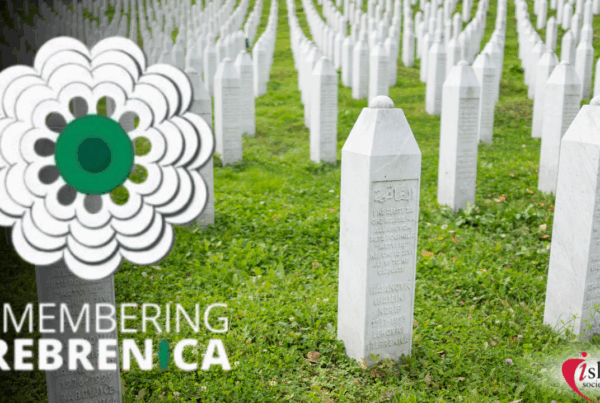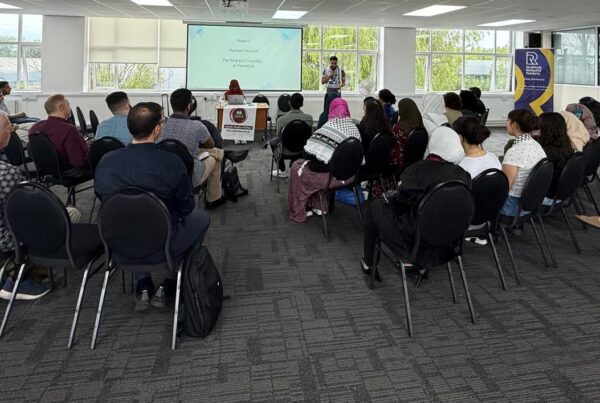My Hijab and I
By Farah Morley

A Hijab, or khimar, is so many things. For some, a means of identifying with their faith, for others, a way to preserve religious modesty. It can be a symbol of female strength or subjugation, a cultural implant or a traditional norm.
The one thing that the hijab is not, is a simple piece of cloth.
My relationship with the headscarf started almost 40 years ago. It was love at first sight! I was 13 when I gazed upon the beauty of this emblem of Islam in all its myriad forms, on a Muslim march in London.
Nobody in my family wore a hijab and it was culturally alien to me and yet, I wanted to belong to that select group that were so brazenly Muslim.
It was not for another 2 years, at a Young Muslims camp, that I found the courage to embrace my new identity as a cloth head.
In my eyes I was a dignified, strong Muslim, to my parents I looked like a radicalised imposter. I struggled to maintain my relationship with the hijab against my parents wishes and like most forbidden teenage romances, it ended in tears.
A few years later I began university and in a crowd of eager students I crossed paths with an old flame, the hijab, waiting to renew our acquaintance.
We were inseparable from that moment on and I knew I would never lose my beloved again. Armed with verses from the Quran to defend my choice, I argued with my parents.
Let the believing women draw their veils over themselves so that they may be recognised
I wanted recognition as a believing woman, nothing more, nothing less.
But the hijab began to take on a life of its own. It spoke…
It told people who didn’t wear hijabs that I was more pious and knowledgeable than them.
It told non-Muslims that I didn’t want to belong.
It told Muslim brothers that I could be trusted not to lead them astray.
My hijab was so loud that I had no voice.
Until one day…
Some male speakers came to the University to teach us how to be Muslim women, how our beauty was dangerous and hiding under the hijab kept us safe by insuring the piety and behaviour of our brothers.
But hijabs didn’t keep women safe, hijabs made women targets of religious abuse.
Women in hijabs still got molested, harassed and worse, often by Muslim men. The speakers were wrong.
That day my hijab gave me the courage and licence to speak.
“I was asked by Allah to wear the hijab for myself alone. It is my identity as a believer, my honour as a Muslim and my choice as a woman. It makes no difference if a man sees me in a hijab or not, because if what a man sees mattered most, why would I need to wear hijab in front of a blind man?”
There was silence, who could argue with that?

I had spoken louder than my hijab for the first time and have continued to do so for the last 30yrs. To the women who don’t cover, I say, I am just like you. To the non-Muslim, I say, I belong. To the brothers I say, lower your gaze and be accountable. Meanwhile my hijab and I have had a long relationship, not perfect but still strong.




